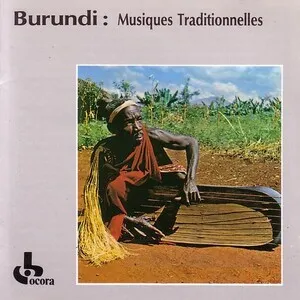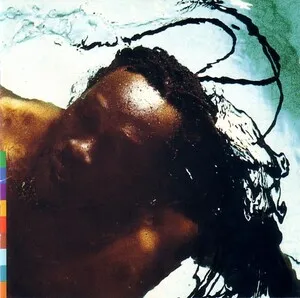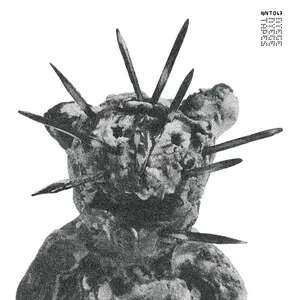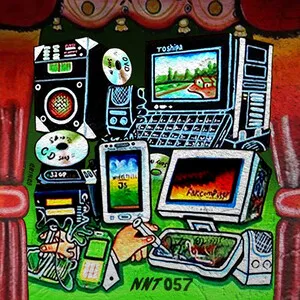East African music is a broad regional umbrella that encompasses the musical traditions and modern styles of countries along and around the Swahili Coast and the Horn of Africa. It blends indigenous rhythmic practices and vocal traditions with centuries of Indian Ocean exchange, notably Arabic maqam-based aesthetics and instrumentation that shaped coastal forms like taarab.
Across the interior and highlands, interlocking guitar lines, polyrhythmic percussion, and call-and-response vocals inform genres such as Kenyan benga and Ugandan kadongo kamu, while Ethiopia and Eritrea contribute distinctive modal systems (qenet) that underpin ethio-jazz and popular song. Languages such as Kiswahili, Amharic, Oromo, Tigrinya, Luganda, Luo, Somali, and others frame lyric poetry ranging from praise and protest to love and social commentary.
Since the mid-20th century, Congolese rumba/soukous dance-band idioms mixed with local rhythms to shape dance musics like muziki wa dansi and modern Tanzanian pop forms. In the 21st century, ultra-fast electronic scenes (singeli) and Swahili hip-hop/pop (bongo flava) testify to the region’s continual reinvention, while traditional forms like taarab and lyre-based repertories (nyatiti, krar, endongo) remain foundational.
Maritime trade connected the Swahili Coast to Arabia, South Asia, and the wider Islamic world, bringing melodic and poetic practices (maqam, poetic prosody) that intertwined with local musical life. By the early 1900s, recorded taarab from Zanzibar—popularized by figures like Siti binti Saad—documented a cosmopolitan sound that combined Arabic instruments (oud, qanun, violin) with Kiswahili lyricism.
Urbanization and radio fostered dance bands from Dar es Salaam to Nairobi and Kampala. Congolese rumba and later soukous strongly influenced regional bands, merging with local rhythms to shape muziki wa dansi (Tanzania) and lively, guitar-led styles in Kenya and Uganda. The Kenyan Luo benga sound crystallized in the 1960s, with interlocking guitar ostinati and buoyant bass patterns.
Artists such as Remmy Ongala, D.O. Misiani, Mahmoud Ahmed, and Aster Aweke brought regional idioms to international audiences. Ethiopia’s Mulatu Astatke fused jazz harmony with Ethiopian qenet modes to define ethio-jazz. In Tanzania and Kenya, Swahili pop and hip-hop flourished, evolving into bongo flava and genge/kapuka, while Uganda’s kadongo kamu preserved narrative songcraft amid electrified accompaniment.
Affordable production tools and youth culture catalyzed rapid innovation. Singeli from Dar es Salaam accelerated coastal grooves into blistering tempos, while bongo flava diversified with Afrobeats and global hip-hop. Regional scenes remain dialogic: traditional ensembles, taarab orchestras, and lyre repertories coexist with club-ready hybrids, ensuring continuity between heritage and cutting-edge experimentation.


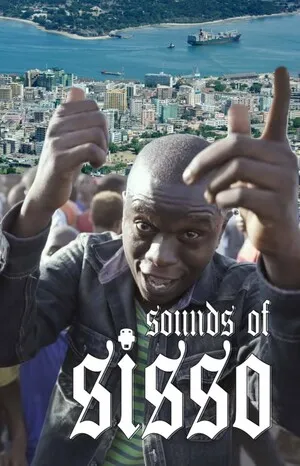
%2C%20Cover%20art.webp)
